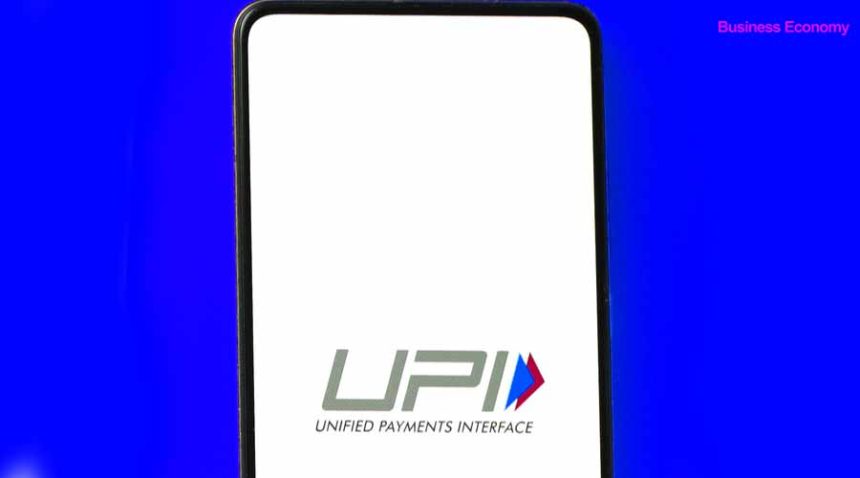Rs 1,500 Crore UPI Incentive Program Approved to Boost Digital Payments in India
On Wednesday, the Union Cabinet approved a new incentive scheme promoting low-value BHIM-UPI transactions. The initiative, worth Rs 1,500 crore, will run from April 1, 2024, to March 31, 2025. The scheme seeks to encourage digital payments, particularly among small businesses. Under the scheme, transactions up to Rs 2,000 between individuals and merchants will be incentivized.
The scheme removes the merchant discount rate (MDR) charge that small merchants need to pay for digital transactions. Banks performing these transactions obtain a 0.15% incentive for each completed transaction. The scheme extends zero MDR benefits to large merchants but provides no additional incentives to them. Transacting over Rs 2,000 will remain MDR-free, but these large transactions will not require additional incentives.
Prime Minister Narendra Modi elaborated on the necessity of the move on X, saying it will help make payments easier and improve the “Ease of Living” for businesses and consumers.
The new scheme is expected to substantially support India’s digital payments, especially for small businesses that rely on digital transactions as a critical part of their business.
Concerns Raised About Long-Term Viability of the Scheme
Despite the Cabinet’s approval of the Rs 1,500 crore initiative, the Payments Council of India (PCI) has expressed concerns about the sustainability of the digital payments ecosystem. The PCI highlighted that the zero MDR policy and the limited incentive amount may not be sufficient to sustain long-term growth in the sector. The reduced incentive allocation of Rs 1,500 crore, down from the previous Rs 3,500 crore, has raised questions about the future of digital payment adoption and innovation.
Vishwas Patel, Joint Managing Director of Infibeam Avenues and Chairman of PCI, emphasized that the current funding level will hinder the ecosystem’s expansion. He stressed that the government’s expectation for significant growth in digital payment transactions, especially in reaching the next 300 million Indians, would require more substantial incentives.
Patel also pointed out that the ongoing challenges faced by the fintech industry, such as rising servicing and regulatory compliance costs, make it difficult to onboard new users, especially in less urbanized areas.
PCI Urges Government to Implement Controlled MDR for Large Merchants
The Payments Council has recommended that the government introduce a controlled MDR for large merchants, particularly those with a turnover of more than Rs 40 lakh while continuing to provide zero MDR for small merchants. PCI estimates that this measure would entail more sustainable and better-diversified revenues for the future digital payments market. Patel stated that if these measures are not made, it would lead to a shift in the market trend by fintech firms, hence slowing down the progress of the digital payment sector.
The PCI has been raising concerns amid increasing demand for a sustainable business model that allows investment in payment processing, customer acquisition, and regulatory compliance.






